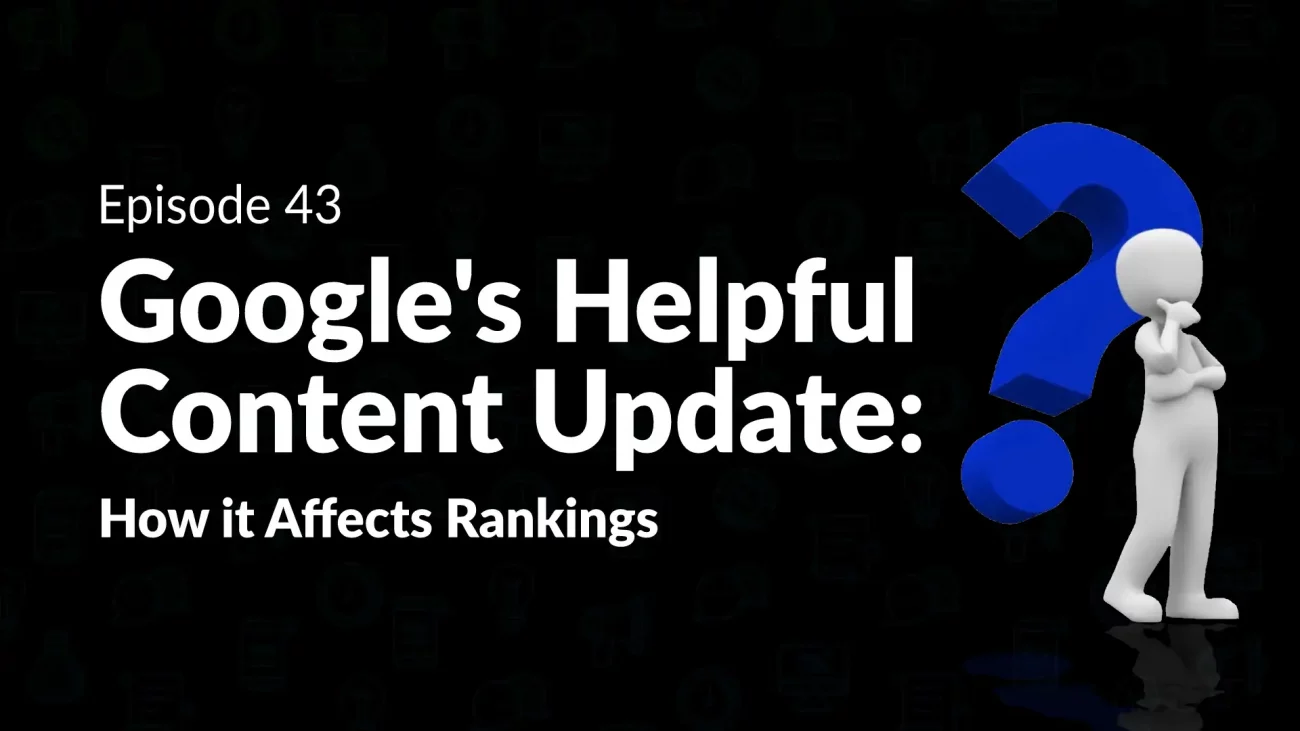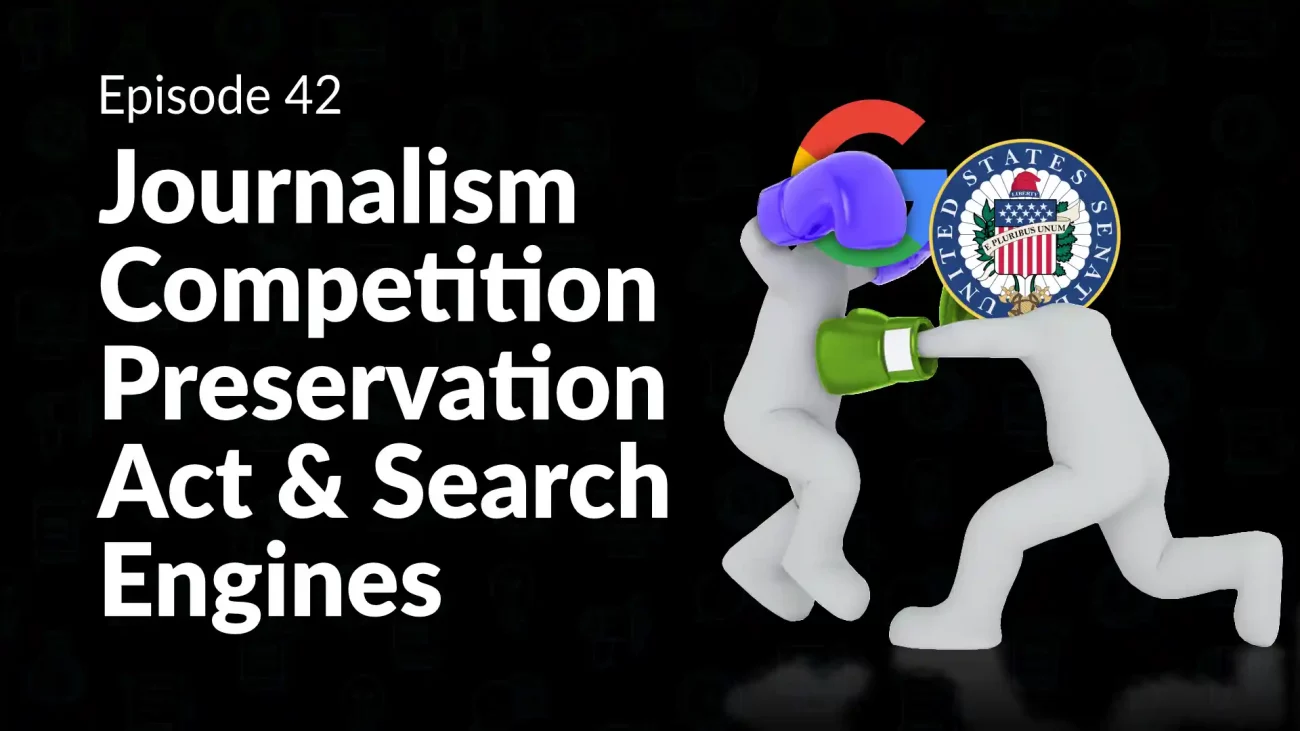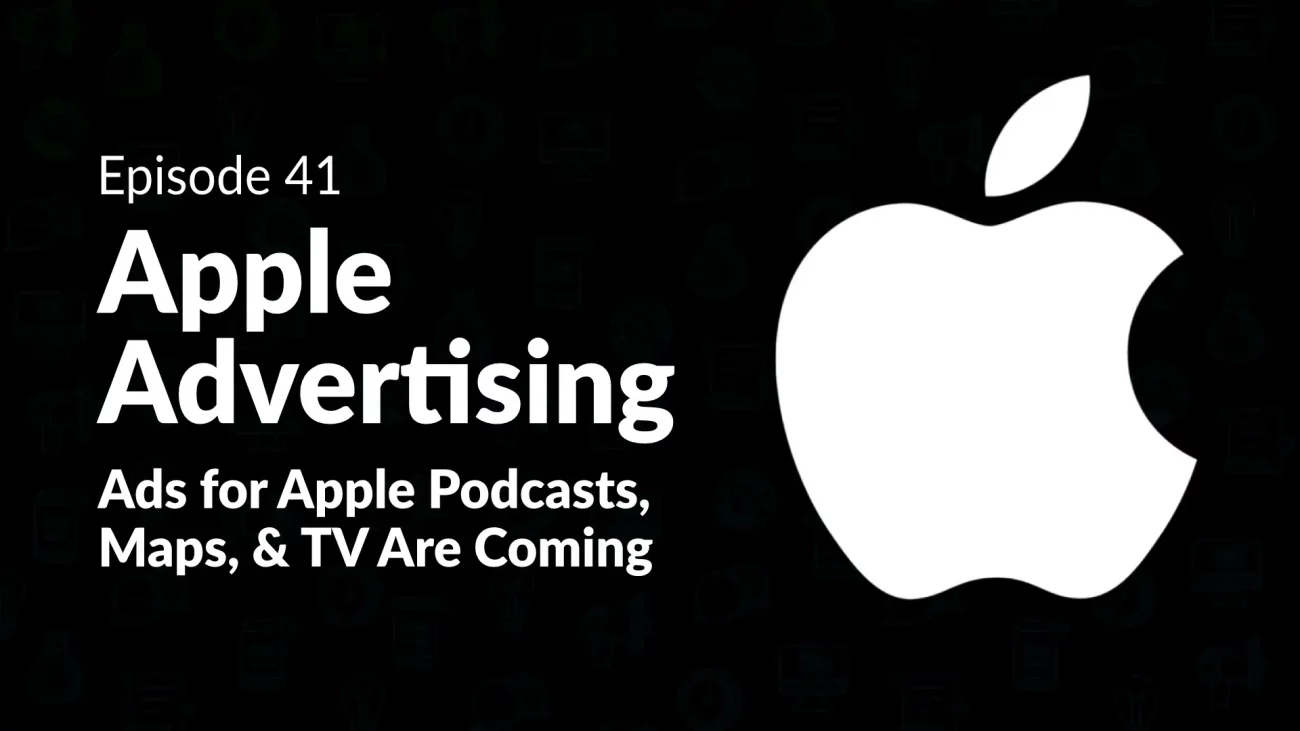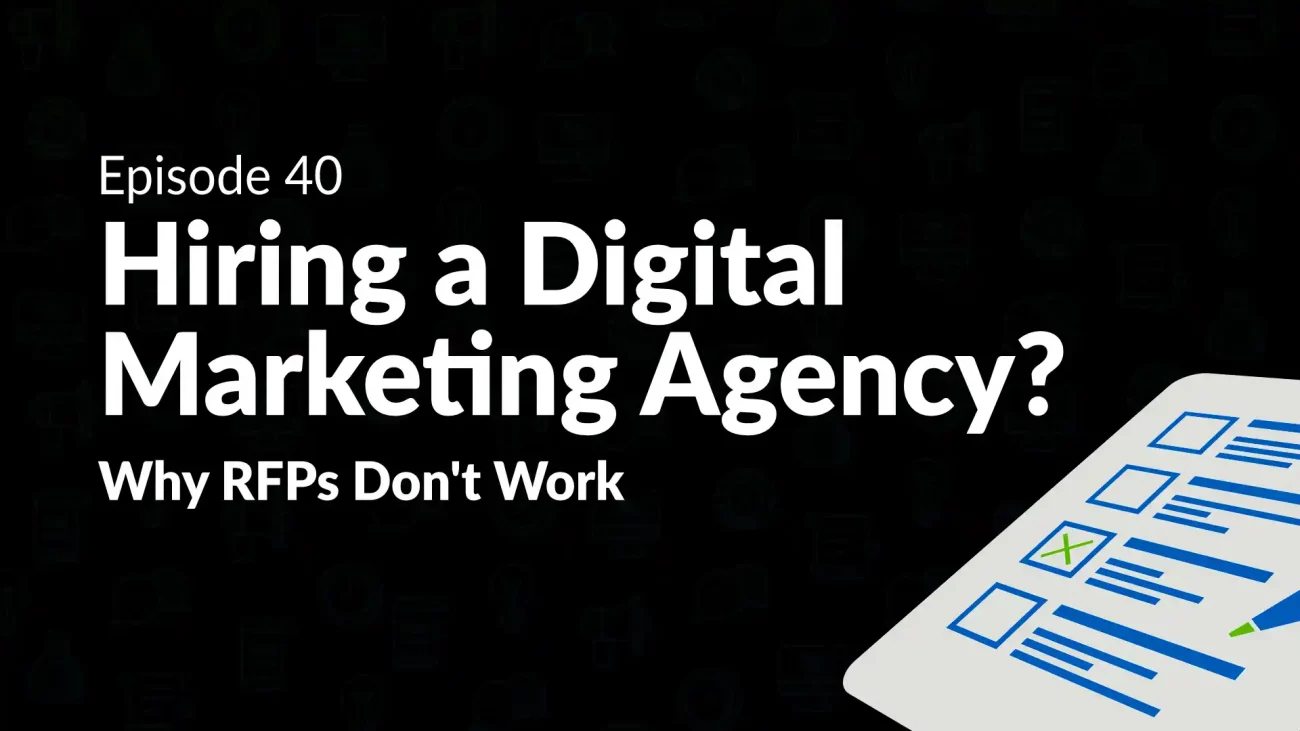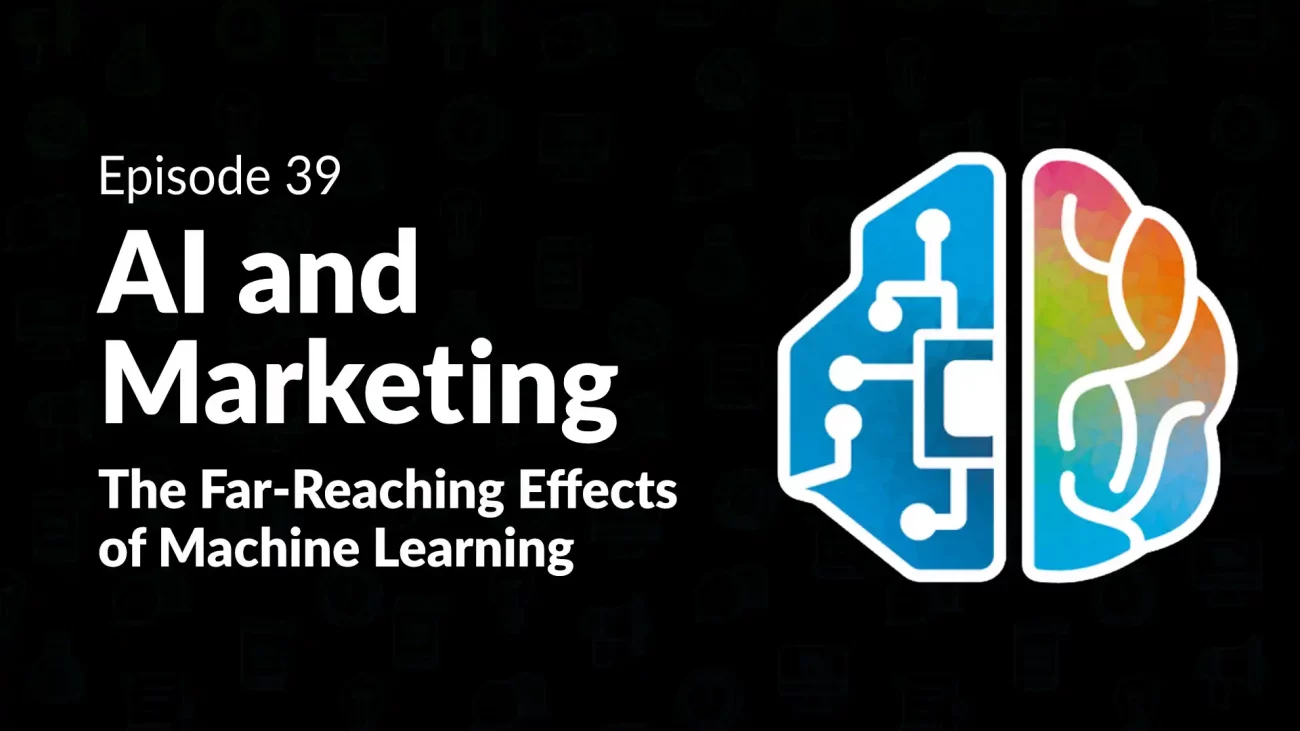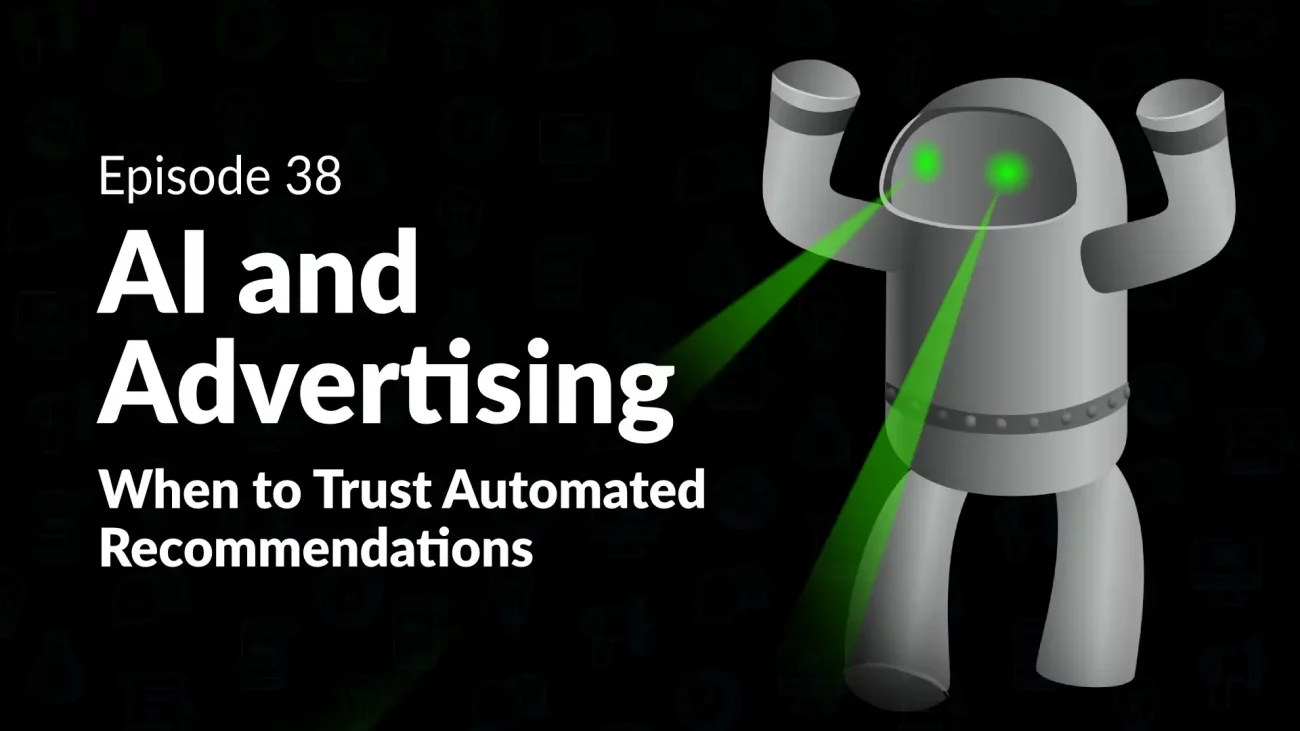Episode 30: Marketing for Highly Considered Purchases: The Right Buyer’s Journey Makes All the Difference
Most of our clients at Market Vantage offer products or services that are considered ‘highly considered purchases’. This creates the need for prospecting and advertising that is different than for companies that thrive on impulse purchases. When marketing a product or service that is carefully thought about, a carefully crafted buyer’s journey and detailed buyer personas are necessary for success. The goal is not to just interrupt the flow and get content in front of a potential buyer, but rather to create content for each persona at each part of their buyer’s journey. You may notice fewer clicks and impressions, but you will see an increase in MQLs, SQLs, opportunities, and sales as our methods are more effective and focused.
In this week’s Digital Marketing Mondays, Hans and Devin discuss the right way to market highly considered purchases and dive into the tools and methods you’ll need to get the end results you are hoping to achieve.
Transcription:
Devin:
You’re listening to Digital Marketing Mondays. Each week we bring you new and exciting content from around the marketing industry and help give you, the marketer, insights into what’s happening. We’ll offer our advice and share some takeaways to help you develop better strategies for your marketing. Ideally, this will also help you improve your ROI as well. So with that, let’s tune into this week’s episode.
Hans:
I thought about a topic for today, and that is people who follow us probably know that our clients tend to focus on services where it’s a highly considered purchase, right. It’s not an impulse buy, it’s one where the prospect does quite a bit of research. And it may even be, in the case of technology companies, might be a solution that people don’t really know much about the solution at all, let alone which company to buy from. So there are probably some nuances to prospecting and advertising in a scenario like that. Why don’t you tell us a little bit about what some of our most successful clients are doing that help them get the best return on their ad spend in this area?
Devin:
Yeah, it’s a really interesting topic. And one thing that we’ve noticed is that it can be really hard in some of these ad platforms to segment and create content to really match your buyer’s journey. And I think more often than not, what we see happen is that people are just putting out their content online, they don’t necessarily put a huge care towards how segmented it is. It’s just about interrupting that flow. Getting the content in front of somebody, almost doesn’t matter what. The one thing that I think I want to push back on here and have people consider is how is your content mapping to your specific buyer’s journey and how can you reorganize that within the ad platforms to match to it?
Devin:
So, I’ll give you an example. A client that may be serving whitepaper or guide content as initial display ads, a person who’s never seen your brand before is now seeing whitepaper ads. You could definitely drive good conversions with that, especially if it’s compelling content. But I think there’s far more value in being able to just first serve a brand banner up to that person and say, hey, here’s a tool, here’s a platform, are you interested in learning more? And then the next step is if they express some type of interest in your content or your thought leadership, whatever happens to be, then serving up content to them to try and get more from them. Serve them more content. And then if they start showing interest in your products or services specifically, that’s when you can then serve other thought leadership that’s further along down the buyer’s journey. So your case studies, your research papers, your specific content that will help inform decisions. And then of course, that’s when you can start really coming in for the big win of “buy my product, buy my service, get a demo,” whatever it happens to be.
Devin:
I think there’s greater opportunity for businesses that have highly considered buyer’s journeys to be able to really think through and segment your content. You’re going to probably bring down your overall volume of impressions and clicks and even conversions to an extent. But I think what you’ll see on the back end is you’ll see much higher quality with your MQLs, you’ll see more SQLs, more opportunities, more sales, right. And I think that’s ultimately what matters the most is thinking through, are you getting the end results that you want and how can you modify your campaigns on the front end to make sure that they’re matching to that journey.
Hans:
Yeah. Nothing wrong with reducing the noise and to help identify the signal, to use an engineering analogy there. Interesting. So it seems to me that sort of the buyer’s journey breaks into multiple parts and sort of two major categories. One is sort of, I’ve got this problem. Is there a solution out there that addresses the problem? And once you find that there is a solution that addresses the problem, then it becomes a matter of what companies or what organizations can provide the solution and which one should I choose? So that’s kind of the refinement of the process. Now there’s more little steps between that, but those are sort of the two major categories we’re dealing with. And obviously the content that appeals to one segment doesn’t appeal to the other, and it’s important to serve the kind of stuff that people are interested in to those people and not hit them with something that they’re not interested in, because they’re not at that stage.
Hans:
What about personas? How do they play into this? We’re talking about the behavior of people, depending on which point of the buyer’s journey they’re in. What about buyer personas? What about the economic buyer, the technical buyer, or the business-related buyer? Do you want to segment those as well?
Devin:
Ideally. Now, if you can, if you have the tools and you understand those buyer personas and you can generate content to speak to them, then you absolutely should. To the best of your ability a lot of these ad platforms have ways to be able to still track to some degree of confidence, what’s their job title, what’s their role. Like if you’re thinking about like Facebook as an example, that might be your criteria that you have. But when you’re looking more specifically at LinkedIn or something like that, that’s when you get additional layers so then you can re-market to the people that have a job title within finance, then you can target them with different content than you would say, the marketer or the salesperson or whatever it happens to be. There’s a lot of possibilities.
Hans:
Yeah. It seems to me that like Google ads and analytics plays more toward segmenting groups by their behavior, by their demonstrated interests. And whereas LinkedIn, obviously you get a lot of data about what part of the organization they belong to, are they in the financial side? Are they in the business side? Are they in the technical side? And that can help you segment them that way. So, all right. Cool. Well good. And I guess you map all that out and then it’s a matter of implementing that in the advertising platforms and if you have a marketing automation platform as well, obviously that’s another place where this needs to be implemented, correct?
Devin:
Yeah. And actually it turns out one of our agency partners, Crowd Proof, this is all that they do. They map out buyers journeys, they look at user experiences on your website, how can you improve those? And we play really well together, we love the folks over at Crowd Proof. This is exactly what they do is help create those considered buyer’s journeys. And it’s difficult work, and it definitely requires some upfront thinking and some upfront research, but once you have it, it can really unlock and open doors for advertising initiatives, content initiatives, email marketing, everything on the back end will absolutely improve once you put in this effort, you build out this journey, and you map it all out.
Hans:
Wow. Sounds exciting. Great. Well, thanks Devin. That’s a good overview. And obviously if people want to discuss this more with us we’re happy to do so. So thanks for filling us in.
Devin:
Awesome. Thanks Hans.
Devin:
Thank you so much for tuning in. We really appreciate you taking the time out of your busy day to engage with our content. Whether you’re watching on YouTube or subscribed on our podcast apps, we appreciate you taking the time. Make sure to leave a comment down below and let us know any feedback that you have for us, we’re always watching the comments in engaging in any way that we can. So if you find this content useful, also make sure to subscribe or give it a big thumbs up. We appreciate it. Thanks so much.




